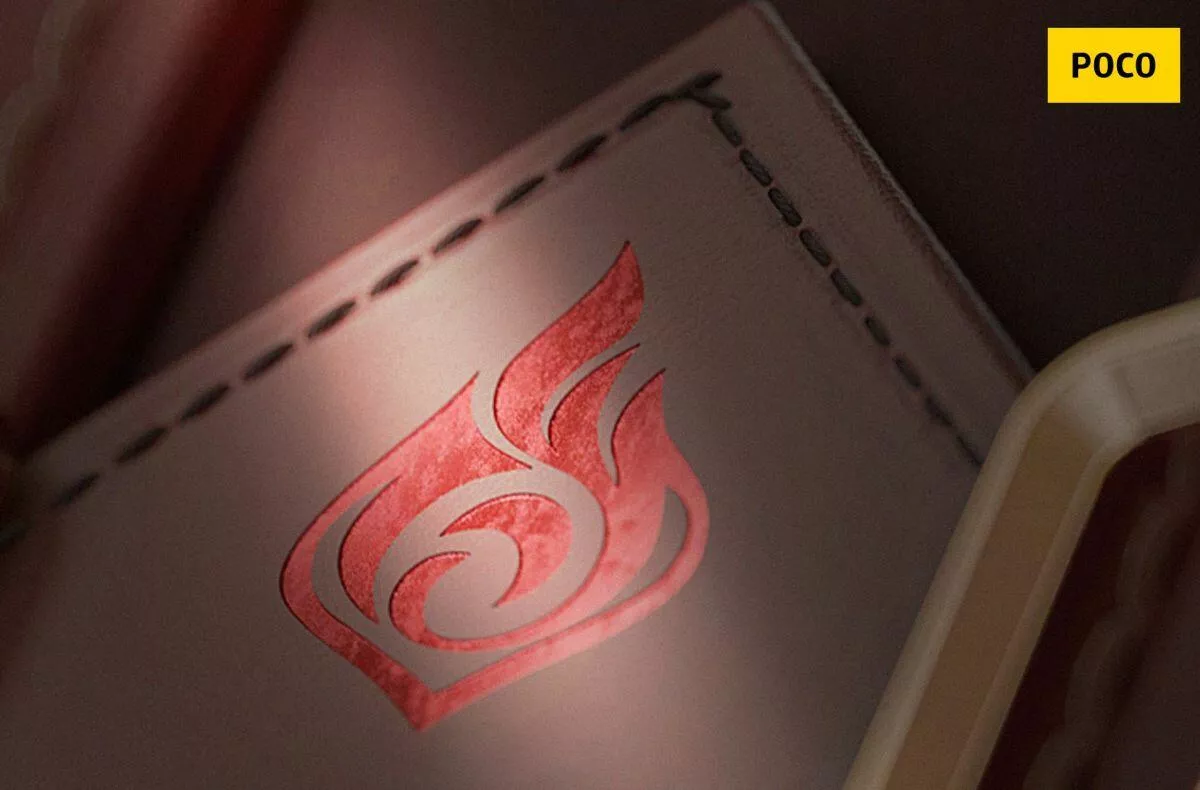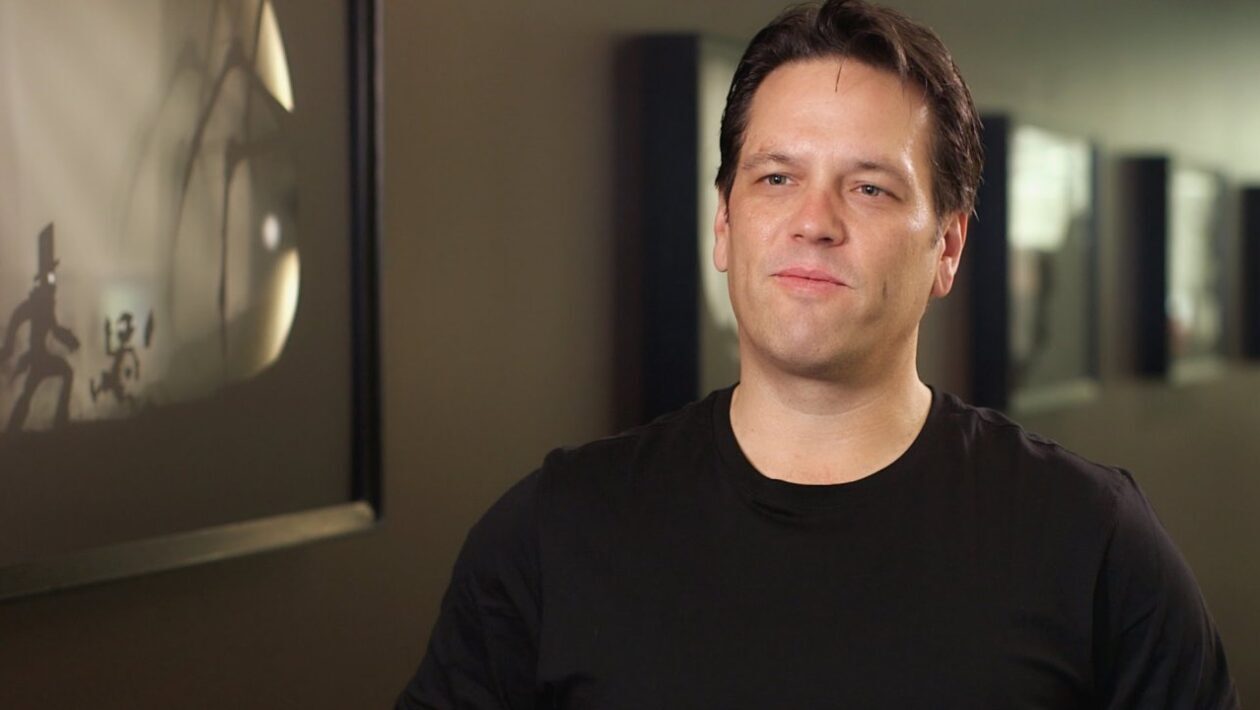We didn’t want to manipulate the players, says the author of Artifact -apkrig
We have dealt with the infamous fate of the Artifact card game several times in the past. The developers from Valve wanted to give players an alternative to a number of other successful titles of this type and built the building of interest on the connection with the popular Dota 2. However, they paid little attention to explaining why Artifact should have a premium payment model, resp. paid decks of cards and already two or three months after the release, the active gaming community numbered in the lower hundreds. The project failed, and the people of Valve eventually gave up and redirected their efforts to the second version, which is currently in closed beta. However, it was created without the contribution of designer Richard Garfield, who did a great deal of work on the game and, as the author of the famous card game Magic, had the full trust of developers and fans. After many years, he himself remembered the development of Artifact several times, and in a new interview for PC Gamer he tried to capture the most fundamental problems why the game failed.
“I would like the players to accept the title better,” Garfield answers when asked how he feels when he mentions Artifact. But then he adds that he is still satisfied with the design and praises the work with Valve developers. “Working with them was really fun, they’re very smart people and they took my design development leadership seriously,” says the author of the game. However, precisely because they are far-sighted developers, Garfield said they were active enough to push through some of their own ideas, and the result was a product that the designer considered better than it obviously was. One of the things he managed to do, however, is the payment model mentioned in the introduction, which does not copy Hearthstone, for example, considered an ideal example of a working free to play card game linked to a strong lore and a universe of other titles from the same publisher.
Garifeld believes that Valve’s sales department could have done more to explain to players how the game’s payment model works and what they can do with cards they don’t need, for example.
“We wanted to avoid manipulating players, so Artifact was not free to play with rewards for logging in every day,” he said. He was supposed to find support from many members of the development team, but the same group is said to like Hearthston’s approach, and it is obvious that this model attracts players. “We avoided these elements with good intentions, which, however, did not always have a positive impact,” the designer explains, and partly blames marketing for Artifact’s failure. Garifeld believes that Valve’s sales department could have done more to explain to players how the game’s payment model works and what they can do with cards they don’t need, for example. After all, it has already been said that the developers have lost contact with a potential target group, and Garfield repeats this fact in a new interview. “We didn’t build the relationship with the players that we need to sell the idea to them quickly and get them used to it, and that’s partly my fault,” the designer concludes.
On the account of free to play, he adds that he does not like the model mainly due to the fact that he does not like to constantly reveal the system and the setting of sales of developers. At the same time, he doesn’t like figuring out how disadvantaged a player is who pays nothing and feels free to play practices. tortured. That is why it is quite understandable that his next project – Roguebook – on which he collaborates with developers from the Abrakam studio, will be premium and will once again stand in opposition to the flood of “free” titles. On the account of the rebooted Artifact, he only adds that the developers send him a new build from time to time for testing and want to know his opinions. He himself is satisfied with the second iteration of the game and is pleased that some of the original ideas have been preserved.


